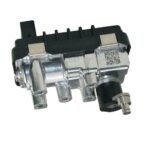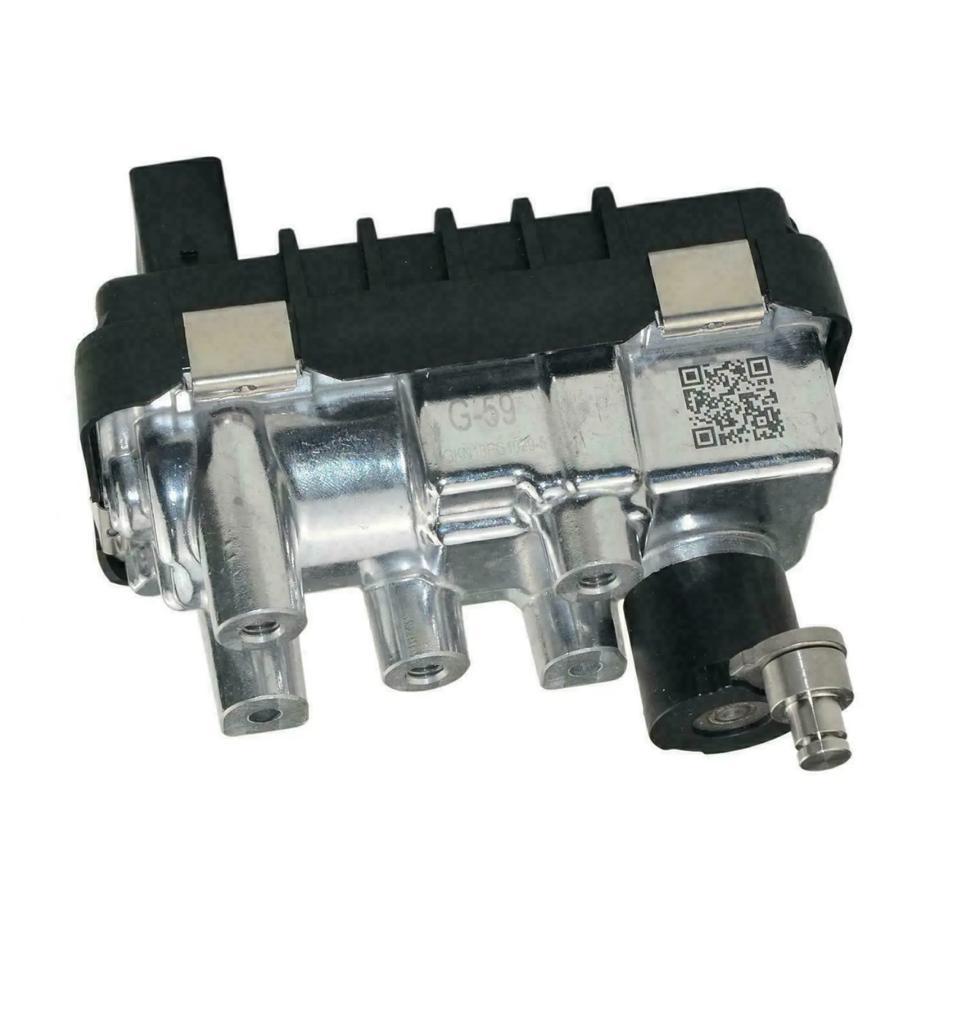Turbo Actuator
Original price was: £25.00.£10.00Current price is: £10.00.
DESCRIPTION
The actuator translates electronic signals from the Easytronic control unit into mechanical actions.
Share
Function
The actuator translates electronic signals from the Easytronic control unit into mechanical actions.
It operates the clutch, engaging and disengaging it electronically as needed for gear changes.
It also controls the gearbox selection mechanism, shifting gears based on driver input and system commands.
Common Faults
Gear selection issues Difficulty engaging gears, grinding noises, or the dreaded “F” warning light on the dashboard are common signs of a failing actuator.
Harsh gear changes Jerky or abrupt gear shifts can indicate wear or internal problems within the actuator.
Complete clutch failure In severe cases, the actuator may malfunction entirely, leaving the car unable to move.
Causes of Failure
Internal wear and tear Over time, components within the actuator can wear out, leading to decreased performance and eventual failure.
Contamination Oil leaks or debris entering the actuator can damage internal components and disrupt its operation.
Software glitches In rare cases, software issues within the Easytronic system can lead to communication errors with the actuator, causing malfunctions.
Repair and Replacement
Replacing the entire actuator is the most common repair method, though it can be expensive due to the part’s cost.
Some specialized repair shops offer refurbishment services, rebuilding the faulty actuator with new or improved components for a potentially lower cost.
DIY repair is not recommended due to the complexity of the unit and the risk of further damage.
Prevention and Maintenance
Regular servicing of the Easytronic system, including fluid changes and software updates, can help prevent premature actuator wear and tear.
Avoiding harsh driving habits, such as rapid gear changes or excessive clutch riding, can also prolong the actuator’s lifespan.
Additional Information
gearbox actuator may vary depending on the model year and engine variant.
Several aftermarket and reconditioned actuator options are available, offering varying levels of quality and warranty coverage.
Consulting a qualified mechanic familiar with Easytronic systems is crucial for accurate diagnosis and repair of actuator issues.
The principal of a turbo actuator
but it might be a good idea to keep its power under control. Without any form of pressure control, the turbo will keep blowing air into the engine which is not always desirable. It might even lead to serious damage to the engine in some cases. In an ideal scenario, one would want to continuously adjust the turbo pressure to the current circumstances. Luckily there are turbo actuators that are able to do this, but what does such a turbo actuator do exactly? And maybe even more interesting: what happens when it becomes faulty?
What becomes defective in most cases
Let’s start with the defects we encounter. As told before, many things can become faulty when the pressure is not controlled correctly. After all, not everything in the engine could withstand (a too) high air pressure and (too) high temperatures. Fortunately, the system is controlled in such a way that the ECU of the engine ensures a safe switch to emergency mode once an incorrect pressure is measured. A defective turbo actuator does not cause more damage to the engine but only causes error codes and less power. The saved error codes will often show that there is indeed something wrong with the turbo or pressure control:
P0234 – Engine Overboost Condition
P0299 – Turbo/Supercharger Underboost
P2263 – Turbo/Supercharger Boost System Performance
Many brands have their own specific error codes, like Ford for example:
P132A
P132B
However, imagine that the turbo is in working order, then what could become defective in the actuator itself?
We will explain more about the functioning of the control unit later, but we can already reveal that the actuator basically consists of an electric motor, a plastic worm gear and a printed circuit board. Unfortunately, we observed multiple weaknesses in each of these components, however, just about all defects are repairable. Repairing (or better say: remanufacturing) is also no problem, even though car manufacturers would like you to believe the opposite.







